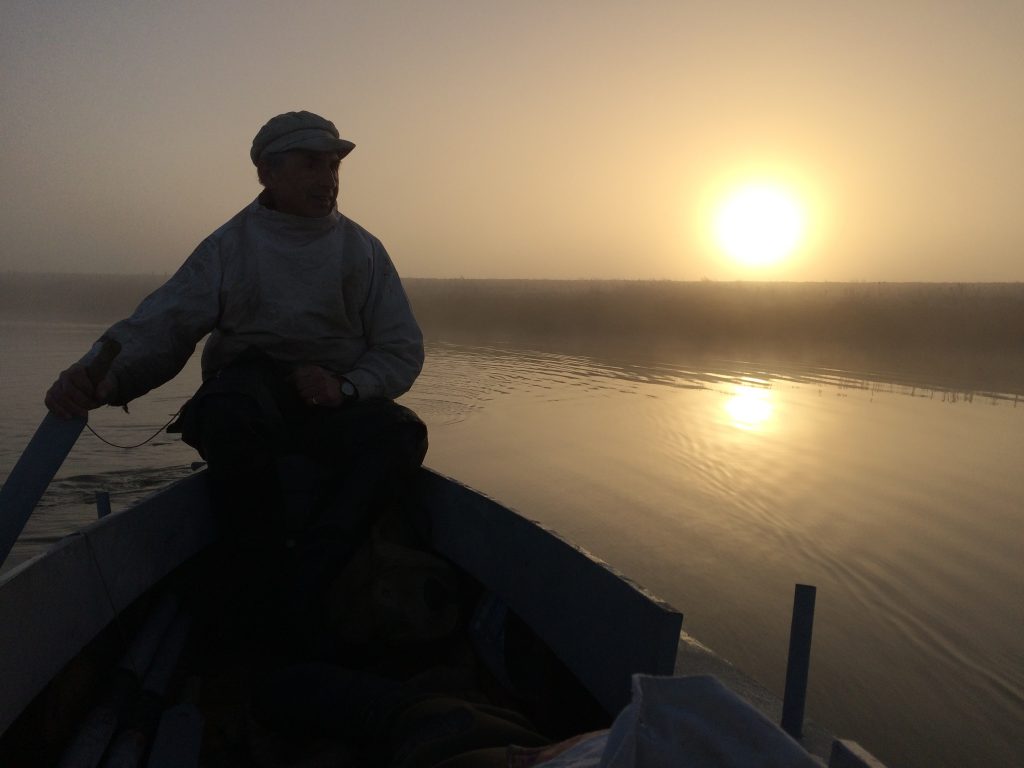What is Wildfowling?
Wildfowling is the pursuit of wild ducks and geese on coastal estuaries or over inland marshes. It has a long tradition on the Suffolk coast and Broadland river valleys, and takes place in autumn and winter when large numbers of migratory wildfowl arrive on our shores.
Wildfowling is an arduous and solitary sport. In order to get close to ducks and geese, wildfowlers must access remote areas and difficult terrain at dawn or dusk. Storms, ice and frost can often provide the best hunting conditions, so the wildfowler must be prepared to endure adverse weather.
To hunt a wary and keen-eyed quarry requires an intimate understanding of wildfowl behaviour and a high level of fieldcraft which can take a lifetime to learn. But with it comes deep respect for bird life and the wild places it inhabits, and a unique and very personal connection with the natural environment.


As with all shooting sports, wildfowling is strictly regulated by law. The 1968 Firearms Act controls the possession of shotguns, and all shotgun owners must have a shotgun certificate granted by their local police. The ducks and geese which may be hunted and the seasons in which they may be taken are regulated by the Wildlife and Countryside Act 1981, which also controls the management of land of high nature conservation value. Since 1999, only non-lead shot may be used to hunt ducks and geese in England.
Members of the Alde and Ore Wildfowling and Conservation Association hunt over the tidal Alde-Ore estuary and on surrounding marshes. They also have access to inland marshes in the Waveney valley which are owned by the club. The Association is affiliated to the national body for wildfowling and quarry shooting, the British Association for Shooting and Conservation www.basc.org.uk